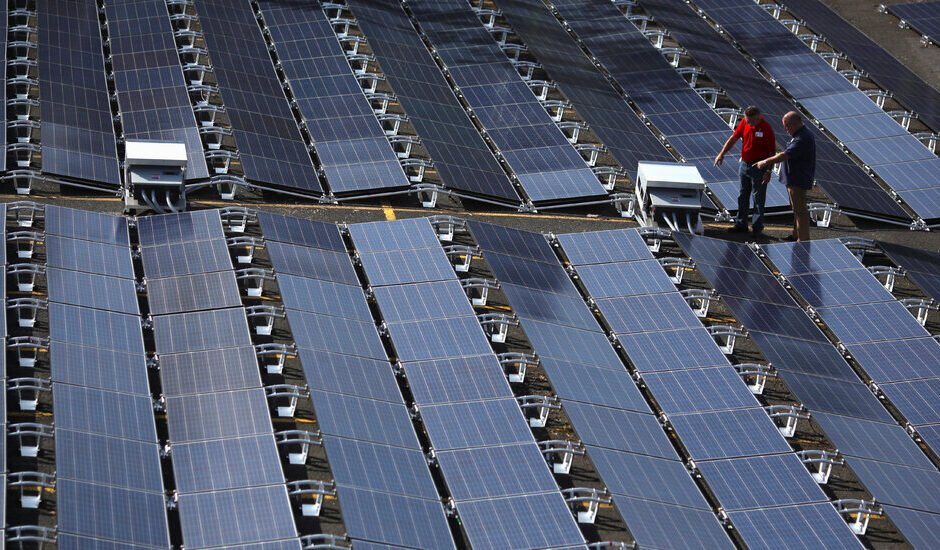The Federal Emergency Management Agency (FEMA) has announced a new initiative to install solar panels on schools, hospitals, and other public buildings that are rebuilt after disasters. This move aims to make these structures more resilient against future disasters while also reducing greenhouse gas emissions.
The decision to utilize federal funds to expand renewable energy reflects FEMA’s recognition of the worsening climate shocks and the need to address them. With the number of billion-dollar weather disasters on the rise, both the country’s ability to respond and local officials’ capacity to provide basic services to residents are being strained.
FEMA Administrator Deanne Criswell emphasized the benefits of installing solar panels, stating that they promote energy independence. By generating their own energy, these buildings can become less reliant on the grid and more self-sustainable.
This policy change comes at a time when the United States is undergoing significant shifts in its approach to disaster response. Insurers are withdrawing from high-risk areas, and individuals are increasingly donating directly to survivors through platforms like GoFundMe. However, it has been observed that such crowdfunding efforts tend to primarily benefit the wealthy. Recognizing the limitations of current programs, FEMA is also overhauling its initiatives to better support individual disaster survivors.
It remains to be seen how many state and local governments will take advantage of FEMA’s offer to incorporate clean energy solutions into their rebuilding efforts. Under normal circumstances, FEMA reimburses 75 percent of the cost of rebuilding or repairing structures like schools, hospitals, fire stations, and libraries after a major disaster. Now, this reimbursement will also apply to the additional costs of adding solar panels, heat pumps, batteries, or energy-efficient appliances. However, participating governments will still need to contribute 25 percent of the cost, and their involvement is not mandatory.
FEMA has not provided an estimate of how many state and local governments will opt for these new options, which are funded under the 2022 Inflation Reduction Act.
John Podesta, a senior adviser for clean energy innovation for President Biden, acknowledged that this change represents only a small part of the administration’s goal to reduce greenhouse gas emissions by at least 50 percent below 2005 levels by 2030. The country still has a long way to go, as emissions have only decreased by approximately 17 percent since 2005. Nevertheless, Podesta emphasized that this policy demonstrates the Biden administration’s commitment to seeking emissions reductions wherever possible.
According to RMI, a research organization focused on clean energy, the most significant consequence of this new policy is the potential establishment of “resilience hubs.” These hubs would serve as gathering places for residents after a disaster, ensuring they have access to power even if the grid is down. Buildings equipped with solar panels, battery storage, and energy-efficient appliances like heat pumps can provide a safe space for people whose homes have lost electricity. This not only enhances resilience but also allows for a more extended period of support.
Alisa Petersen, the federal policy manager for RMI’s United States program team, praised FEMA’s new policy, stating that it transforms disaster-affected buildings into resilient structures. By doing so, these buildings become valuable resources for communities during future disasters.
FEMA’s initiative to support the installation of solar panels on rebuilt public buildings demonstrates the government’s comprehensive approach to emissions reduction and disaster resilience. The move aligns with President Biden’s commitment to address climate change and promote renewable energy initiatives across all sectors of society.




